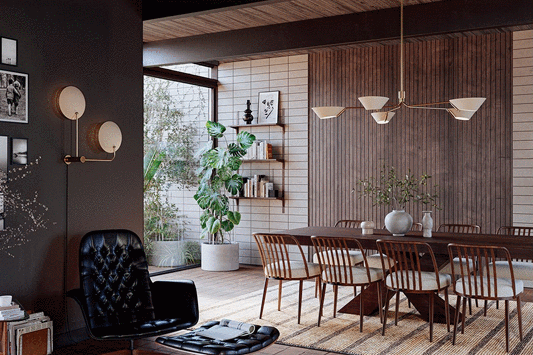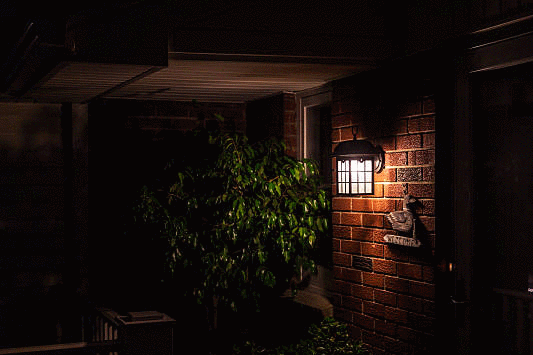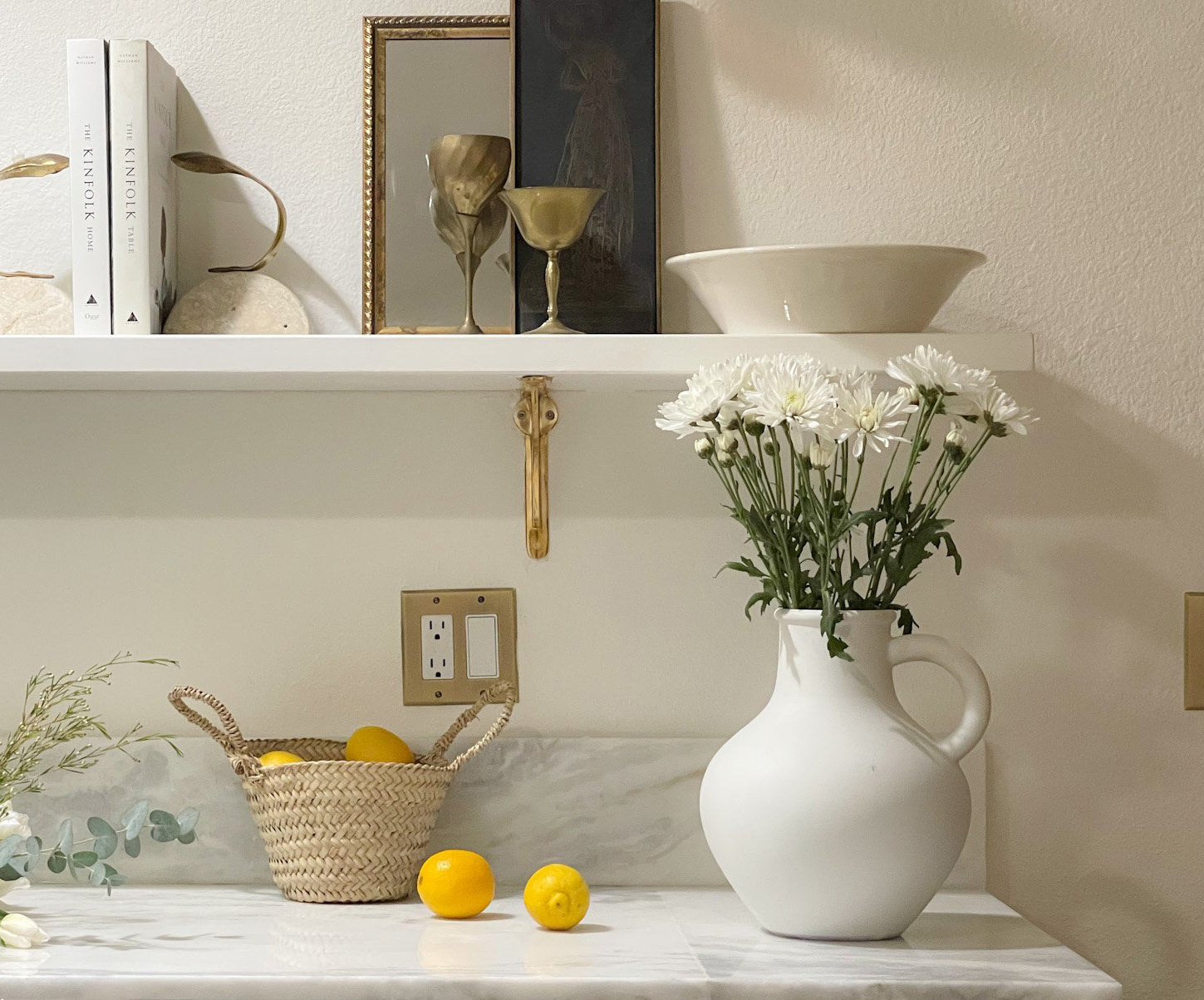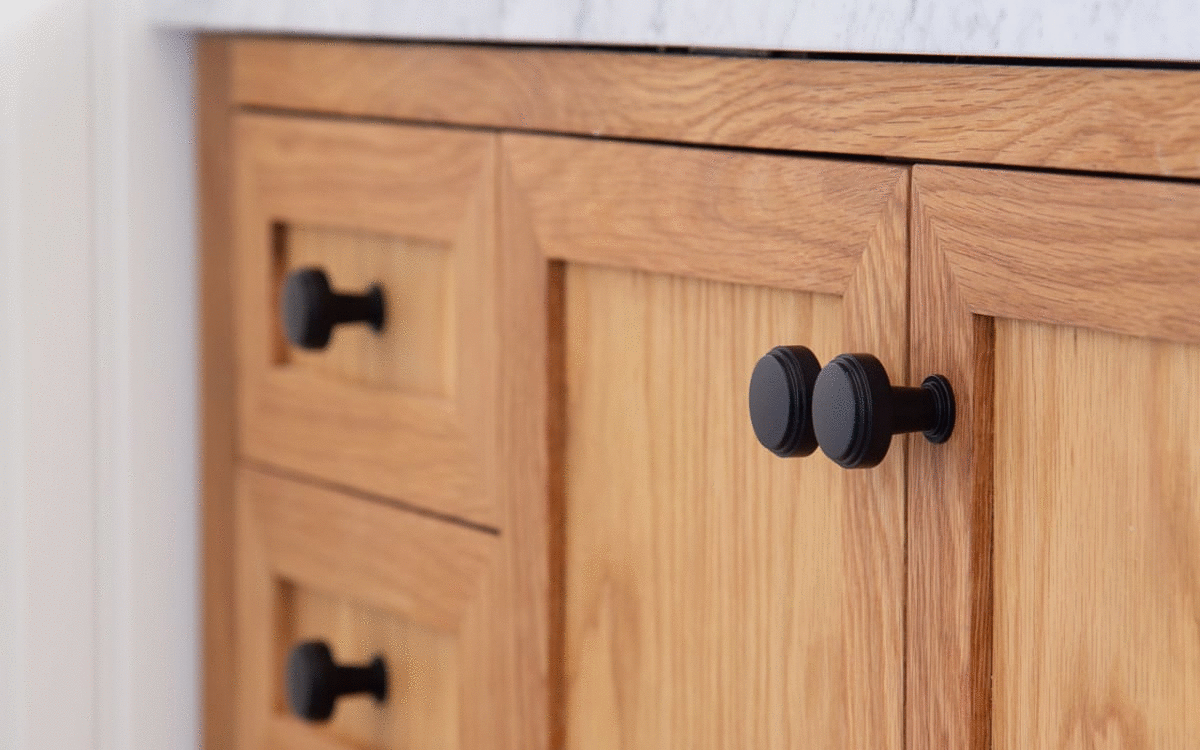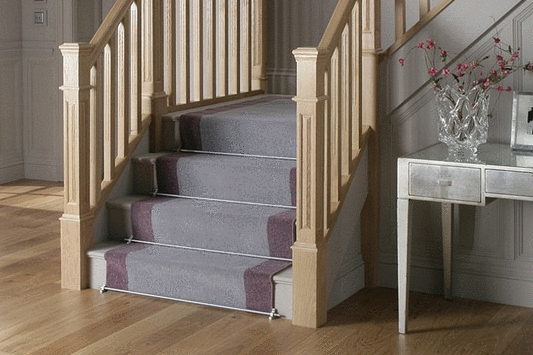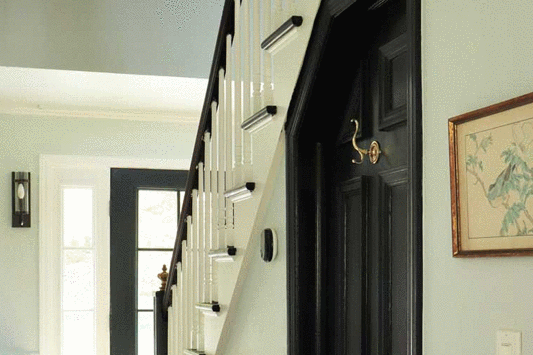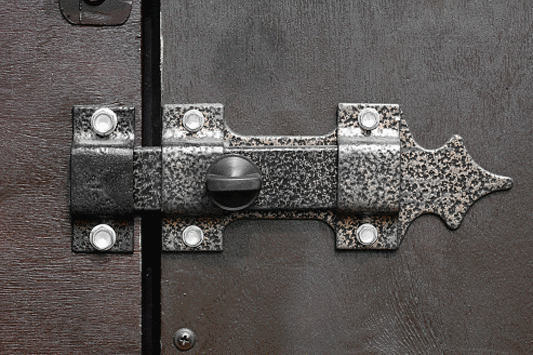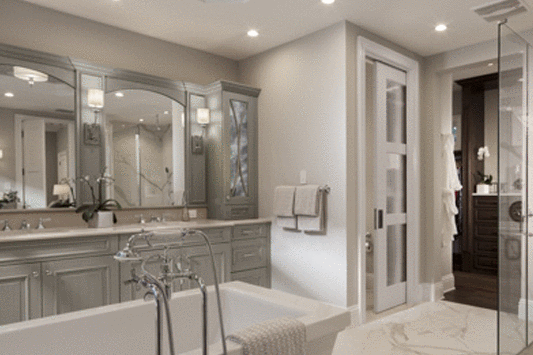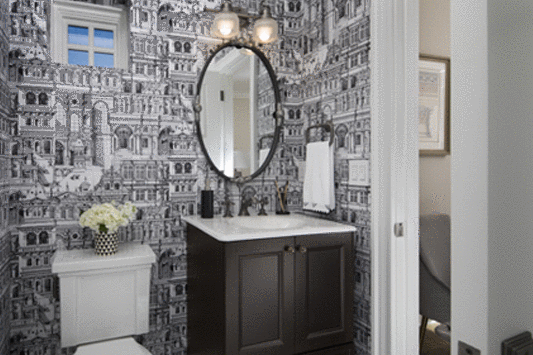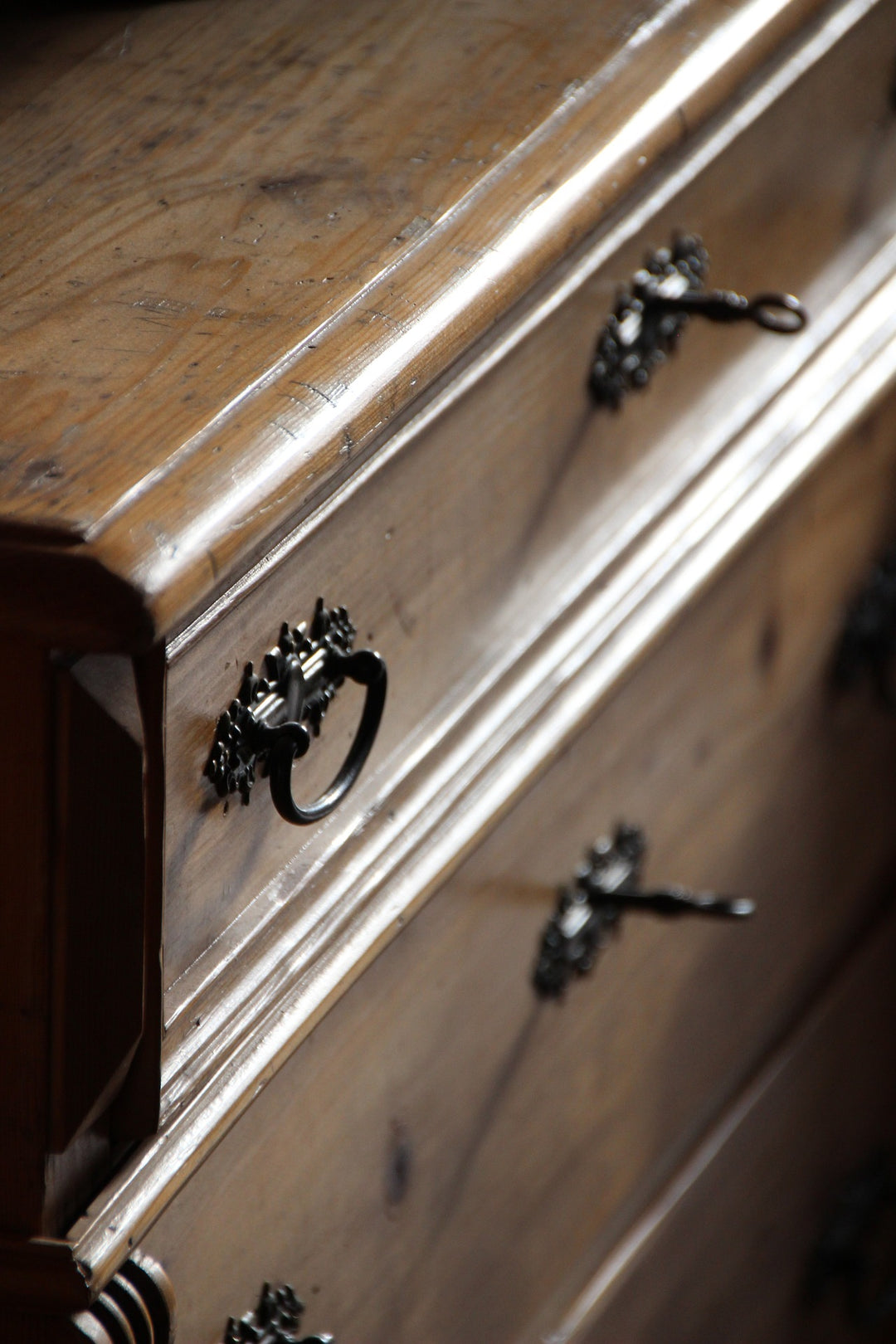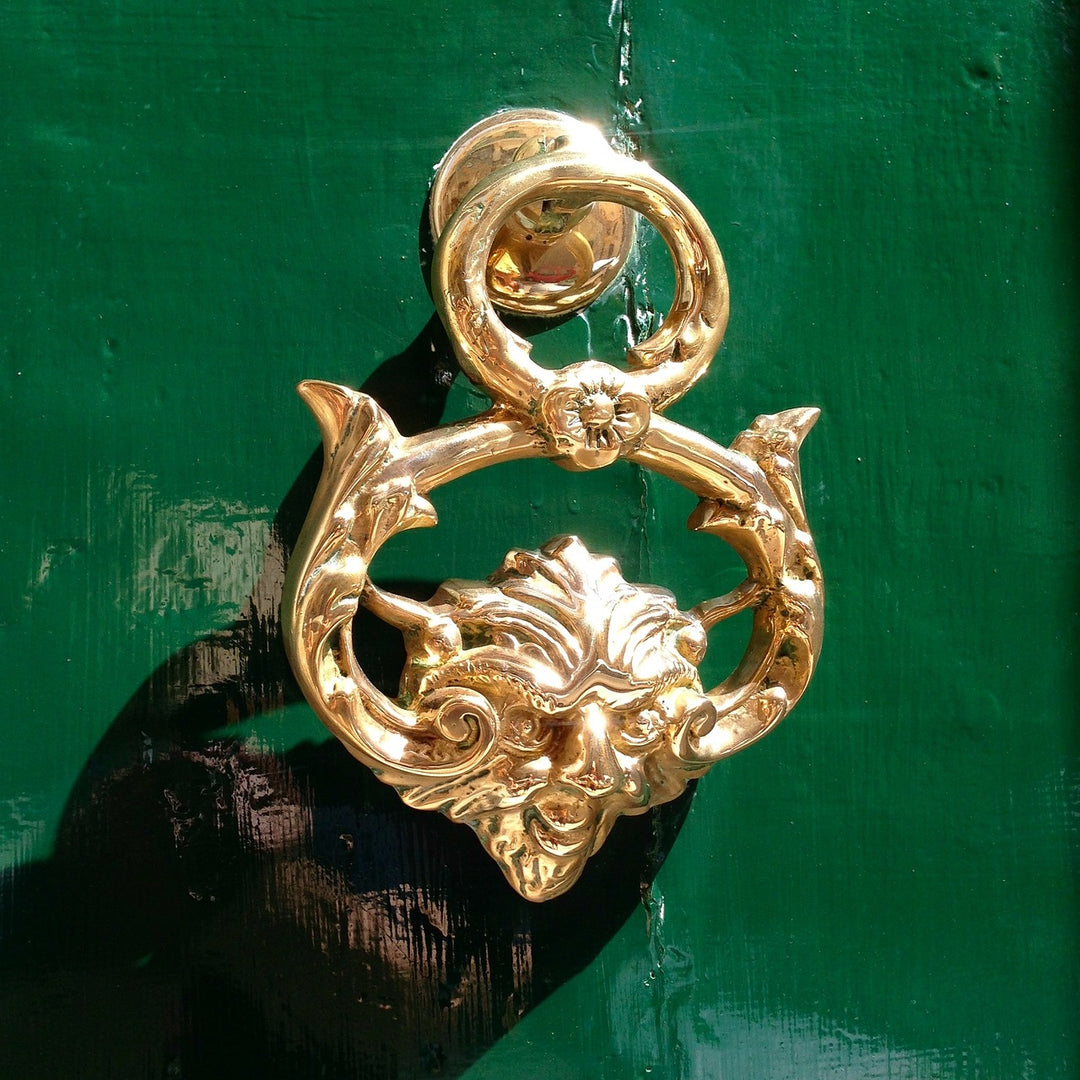The Impact of the Industrial Revolution on Antique Hardware Design
The Industrial Revolution, spanning from the late 18th century to the early 19th century, was a transformative period that reshaped numerous aspects of society, industry, and daily life. One of the profound impacts of this era was on the design and production of hardware, particularly antique hardware, which includes items such as hinges, locks, doorknobs, and other metal fixtures. This article delves into how the Industrial Revolution influenced antique hardware design, exploring the technological advancements, aesthetic shifts, and the socio-economic factors that played crucial roles.

Technological Advancements and Mass Production:
Before the Industrial Revolution, hardware design and production were largely artisanal, with blacksmiths and craftsmen creating bespoke pieces by hand. The introduction of new technologies, such as the steam engine and mechanized tools, revolutionized this process. Factories equipped with machines capable of stamping, casting, and forging metal parts enabled the mass production of hardware. This not only increased the quantity of hardware produced but also significantly reduced production costs and time.
The ability to produce hardware in large quantities meant that intricate designs, which were previously labor-intensive and costly, could now be manufactured more efficiently. This democratization of design allowed a broader segment of society to access ornate and well-crafted hardware, which was once a luxury reserved for the affluent. Furthermore, the consistency and precision of machine-made parts ensured higher quality and durability, setting new standards in hardware production.

Shifts in Aesthetic Preferences:
The Industrial Revolution also brought about a shift in aesthetic preferences, influenced by the changing social and economic landscape. Early in the period, designs were heavily influenced by the neoclassical style, characterized by clean lines, symmetry, and motifs inspired by ancient Greece and Rome. However, as the century progressed, the Gothic Revival and Arts and Crafts movements gained prominence, each leaving a distinct mark on hardware design.
Gothic Revival, with its emphasis on medieval and Gothic elements, led to the creation of hardware featuring pointed arches, intricate tracery, and elaborate ornamentation. This style was particularly popular in ecclesiastical and residential architecture. On the other hand, the Arts and Crafts movement, which emerged as a reaction against industrialization and mass production, championed handcrafted quality and natural materials. Hardware from this movement often showcased simpler, more organic designs, with an emphasis on functionality and the beauty of craftsmanship.

Materials and Manufacturing Techniques:
The Industrial Revolution not only introduced new materials but also refined existing ones. Iron and brass became the predominant materials for hardware due to their durability and workability. The development of cast iron allowed for the production of detailed and robust pieces, which were previously difficult to achieve with wrought iron. Brass, with its bright and polished finish, became synonymous with luxury and was commonly used for decorative hardware.
Innovations in manufacturing techniques, such as electroplating and lacquering, further enhanced the aesthetic appeal and longevity of hardware. Electroplating allowed for a thin layer of precious metals like silver or gold to be applied to base metals, creating an opulent appearance without the high cost. Lacquering provided a protective coating that prevented tarnishing and corrosion, ensuring that hardware maintained its luster over time.

Economic and Social Impacts:
The economic and social impacts of the Industrial Revolution were far-reaching, influencing the availability and demand for hardware. The rise of the middle class, fueled by increased industrial employment and economic growth, created a new market for decorative and functional hardware. Homeownership became more attainable, and with it came the desire for homes to reflect personal taste and social status.
Hardware became an essential element in the overall design of a home, contributing to both its functionality and aesthetic appeal. The ability to choose from a wide variety of designs and finishes allowed homeowners to personalize their living spaces, driving further innovation and diversity in hardware design.

Legacy and Preservation:
The legacy of the Industrial Revolution’s impact on hardware design is still evident today. Many antique hardware pieces from this period are highly prized by collectors and preservationists for their craftsmanship, design, and historical significance. Efforts to restore and preserve historical buildings often involve the careful conservation of original hardware, highlighting its importance in understanding architectural and cultural heritage.
Modern hardware design continues to draw inspiration from the past, with contemporary pieces often replicating or reinterpreting classic designs from the Industrial Revolution era. This enduring influence underscores the lasting impact that this transformative period had on the field of hardware design.

The Industrial Revolution was a pivotal era that significantly influenced antique hardware design through technological advancements, aesthetic shifts, and socio-economic changes. The transition from artisanal craftsmanship to mass production not only made hardware more accessible but also set new standards in design and quality. The rich legacy of this period continues to shape our appreciation and understanding of hardware in both historical and modern contexts.



